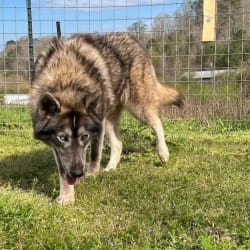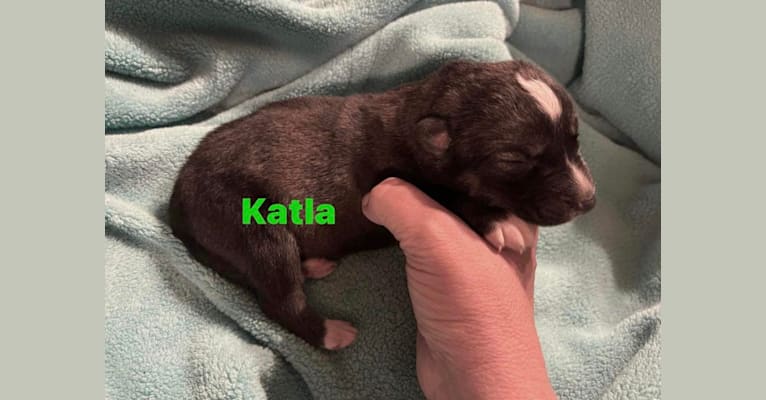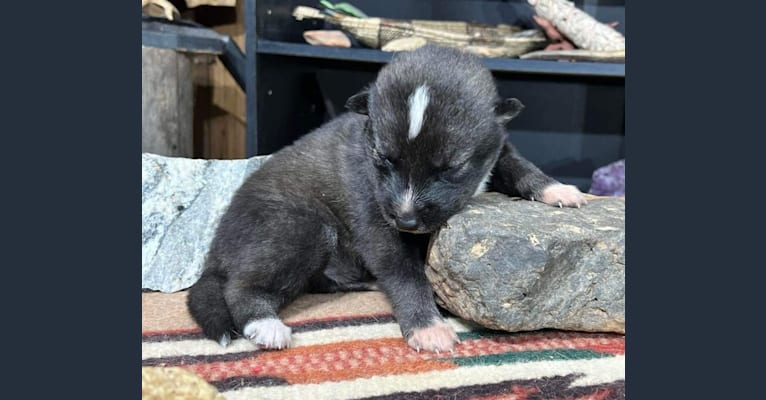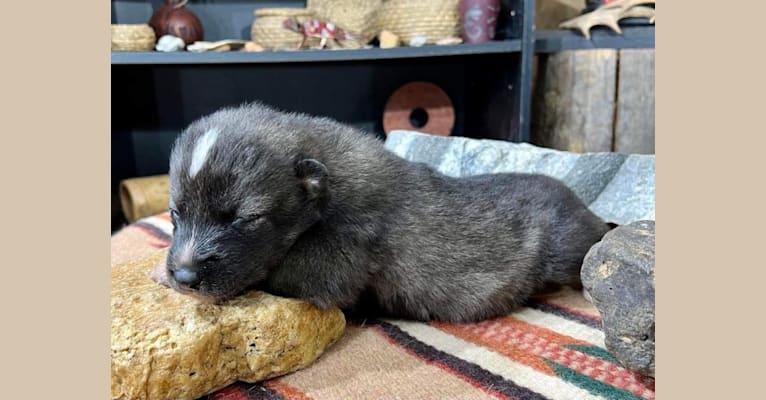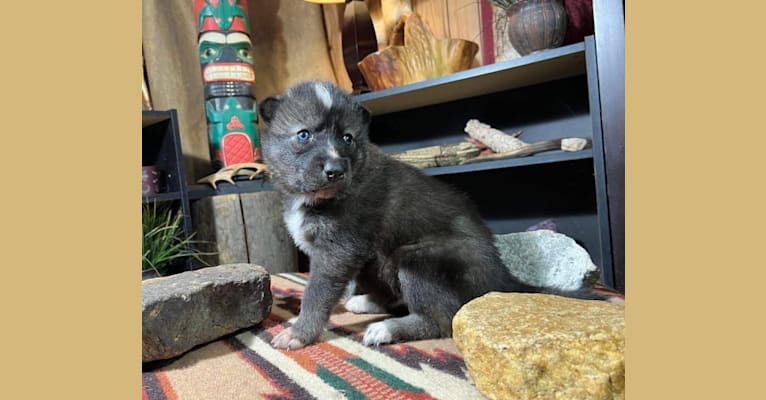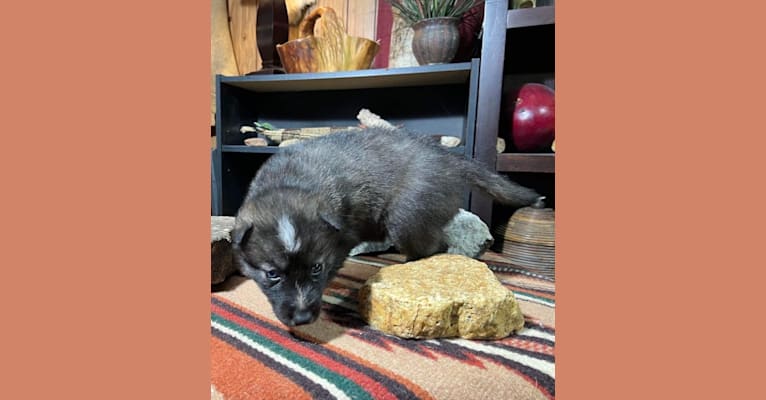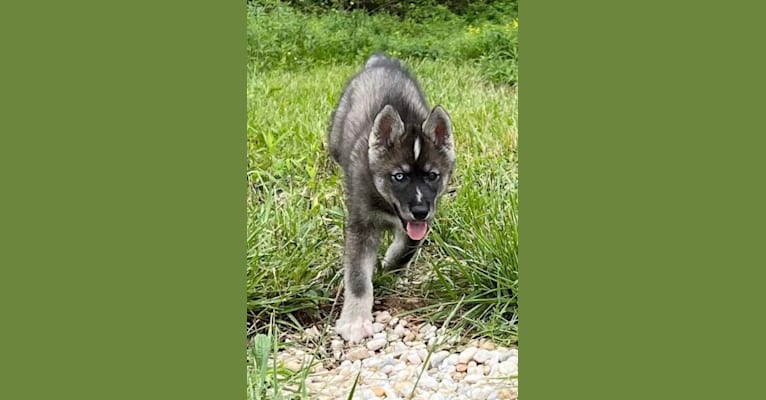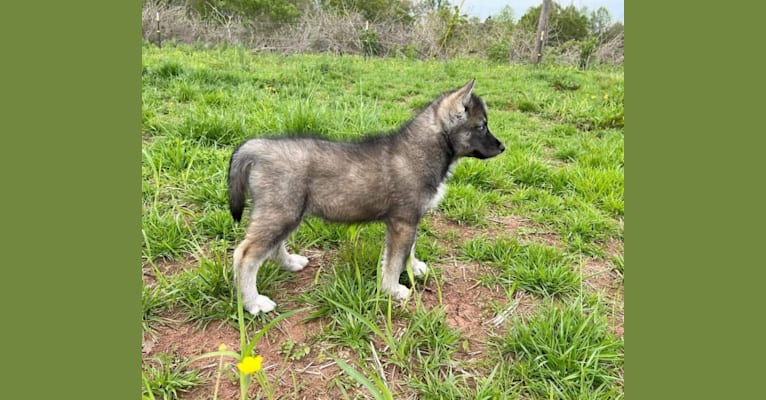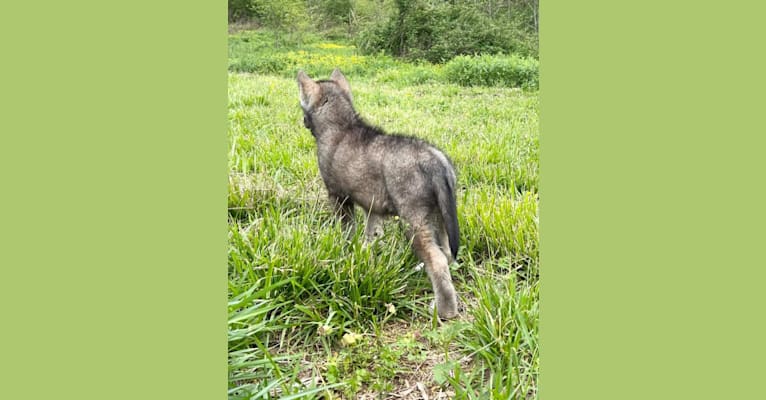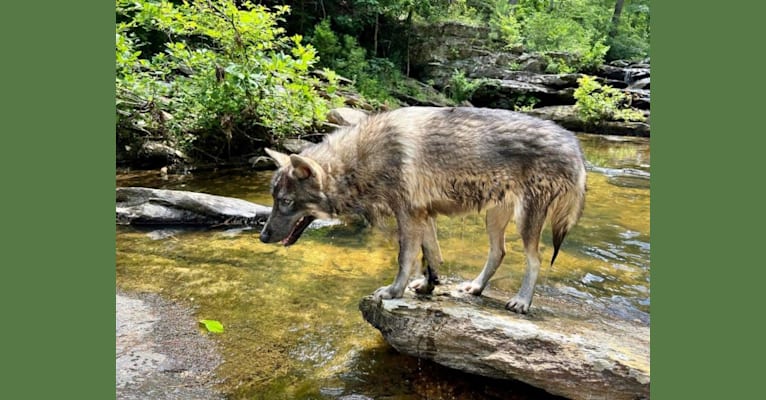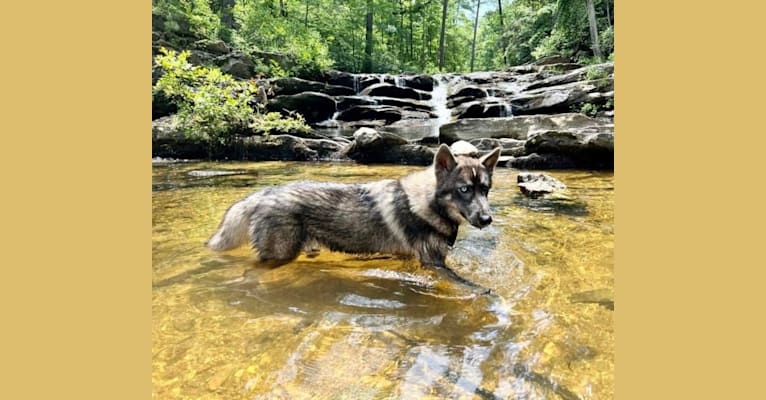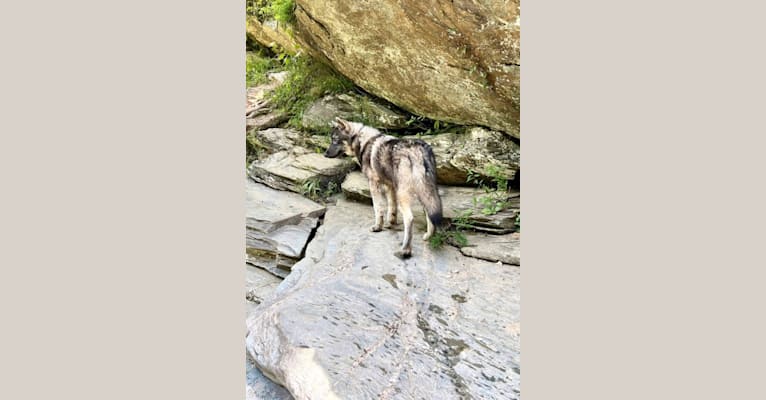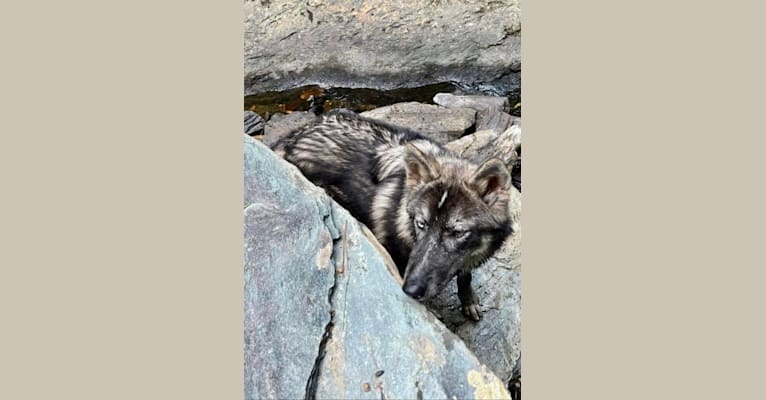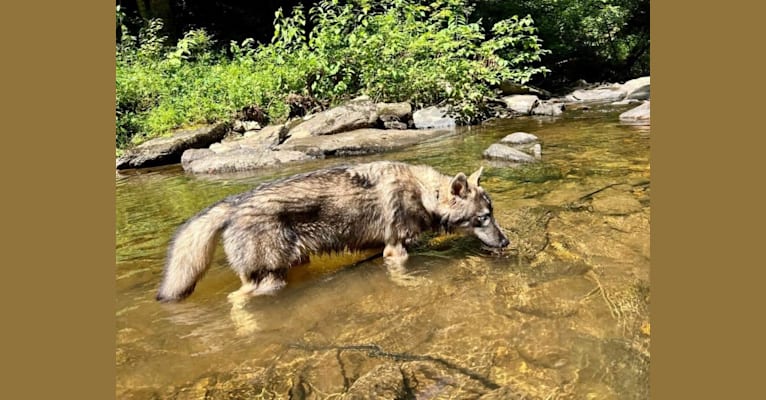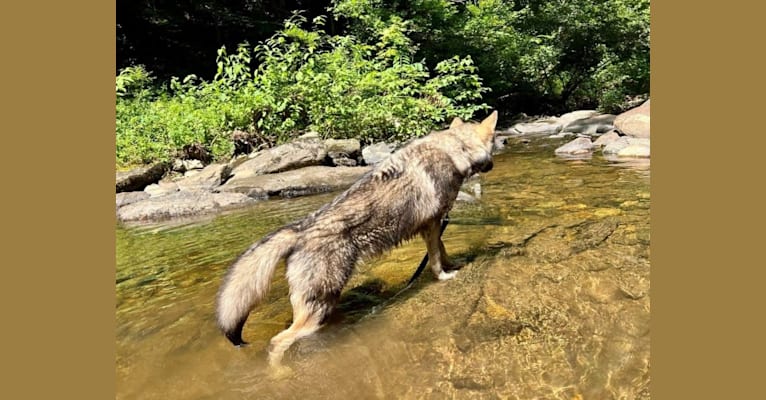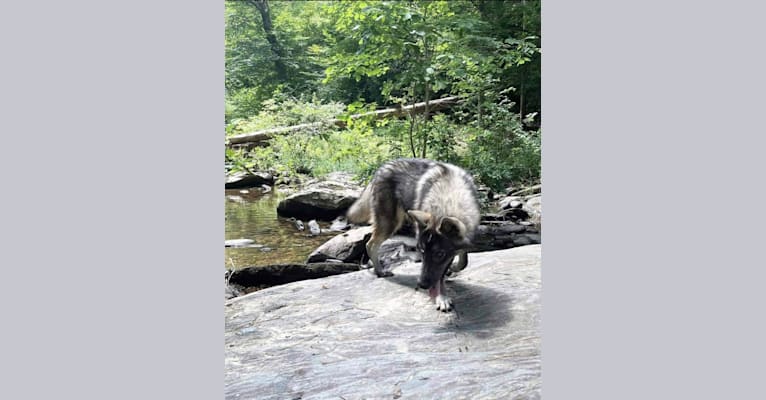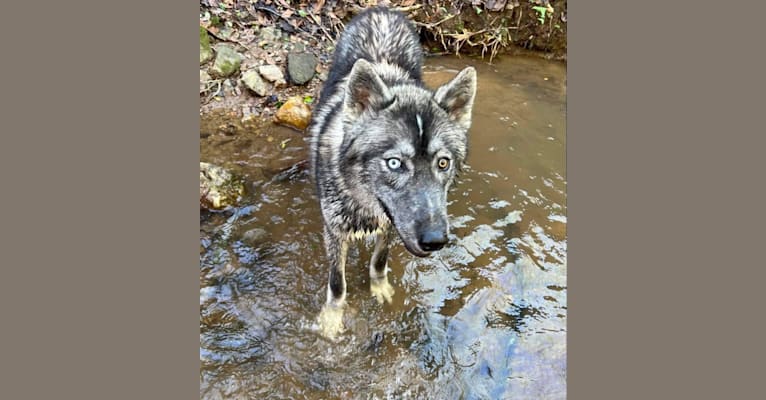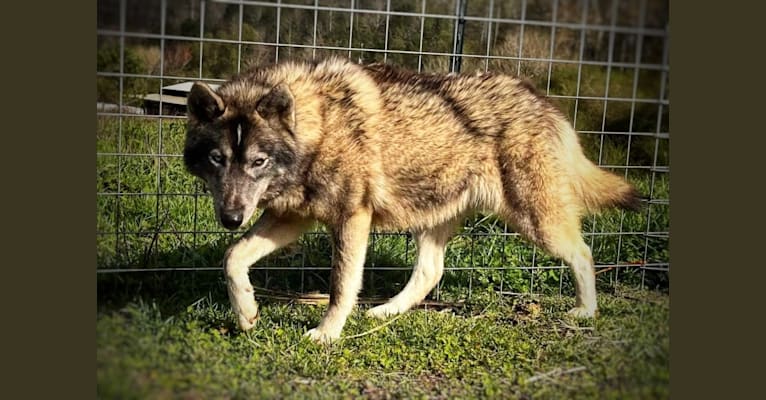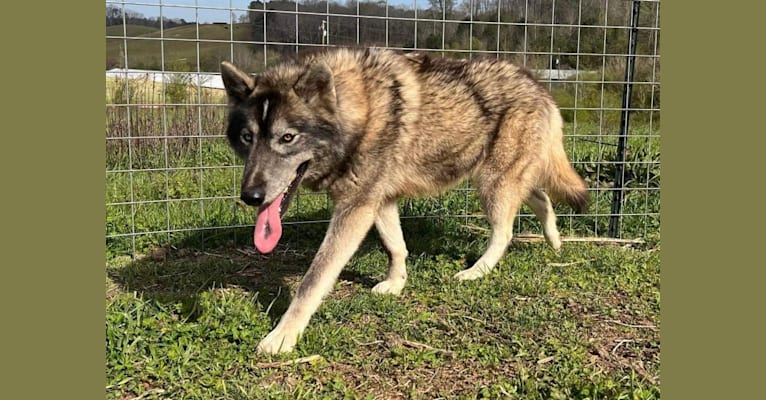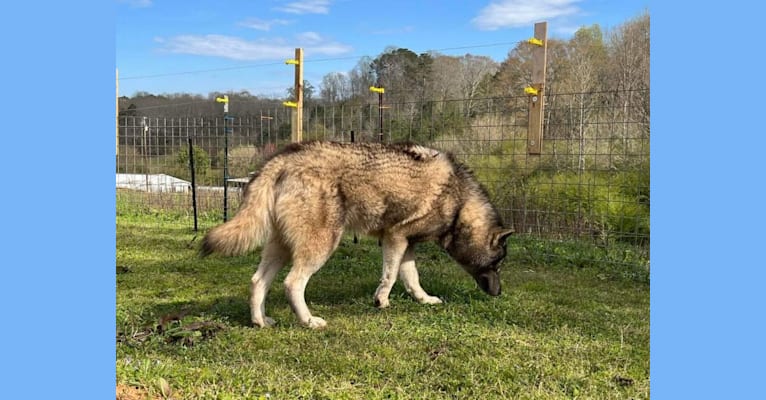No Dogs Available
It looks like you don’t have any dogs on your account yet. Activate a kit now!
“Beautiful daughter to Aspen and Tikaani”
Place of Birth
Alabama, USA
This dog has been viewed and been given 0 wags
Start a conversation! Message this dog’s owner.
Explore
Changes to this dog’s profile
- On 5/6/2022 changed name from "Katla" to "Katla’s Smoldering Caldera"
- On 3/20/2022 changed name from "Pele Goddess of the Moon" to "Katla"
- On 3/20/2022 changed name from "Katla" to "Pele Goddess of the Moon"
Our policy is that each dog’s profile should accurately portray the dog to which the genetic reports belong.
To help ensure adherence to this policy, we show here any changes that have been made to the name or handle (web address) of this dog.
If you believe that this profile is in violation of this policy, you may contact us to report it.
Health Summary
Good news!
Caldera is not at increased risk for the genetic health conditions that Embark tests.
Breed-Relevant Genetic Conditions
X-Linked Progressive Retinal Atrophy 1, XL-PRA1 (RPGR)
Identified in Siberian Huskies
Variant not detected
Day Blindness (CNGB3 Deletion, Alaskan Malamute Variant)
Identified in Siberian Huskies
Variant not detected
GM1 Gangliosidosis (GLB1 Exon 15, Alaskan Husky Variant)
Identified in Siberian Huskies
Variant not detected
Degenerative Myelopathy, DM (SOD1A)
Identified in Siberian Huskies
Variant not detected
Additional Genetic Conditions
Explore
What is a linkage test?
DNA sequences that are close together on a chromosome tend to be inherited together. Because of this, we can use genetic variation surrounding a specific variant (i.e. "linked" to it) to infer the presence or absence of a variant that is associated with a health condition or trait.
Linkage tests are not as predictive of your dog’s true genotype as direct assays, which we use on most other genetic conditions we test for.
Traits
Explore the genetics behind your dog’s appearance and size.
No Result
For every test, we run multiple assays to ensure the accuracy of the results we deliver. For your dog, one or more of these produced inconclusive or low confident results. Therefore, we are not able to provide you with a result at this time.
Coat Color
No Result
For every test, we run multiple assays to ensure the accuracy of the results we deliver. For your dog, one or more of these produced inconclusive or low confident results. Therefore, we are not able to provide you with a result at this time.
Other Coat Traits
No Result
For every test, we run multiple assays to ensure the accuracy of the results we deliver. For your dog, one or more of these produced inconclusive or low confident results. Therefore, we are not able to provide you with a result at this time.
Other Body Features
No Result
For every test, we run multiple assays to ensure the accuracy of the results we deliver. For your dog, one or more of these produced inconclusive or low confident results. Therefore, we are not able to provide you with a result at this time.
Body Size
No Result
For every test, we run multiple assays to ensure the accuracy of the results we deliver. For your dog, one or more of these produced inconclusive or low confident results. Therefore, we are not able to provide you with a result at this time.
